Dr. John Carey – Trisomy 13/18 The Basics
Dr Carey explains the basics of how a trisomy occurs and the differences between full, partial and mosaic. From the SOFT 2020 Virtual Conference.
Dr. John C. Carey
Throughout his career, Dr. Carey has been interested in birth defect syndromes and the care of children with these conditions. Dr. Carey graduated from Villanova University in 1968 with an A.B. and obtained his M.D. from Georgetown University School of Medicine in 1972. He trained in pediatrics and genetics; dysmorphology as a resident and fellow at the University of California San Francisco, 1972‐1979. Dr. Carey obtained an M.P.H. from the University of California at Berkeley in 1976 in between his residency and fellowship years. Dr. Carey joined the faculty at University of Utah Health Sciences Center in 1979. He became Chief of the Division of Medical Genetics in 1985 and remained in that leadership position until 1999 when he stepped down to assume the role as Editor‐in‐ Chief of the American Journal of Medical Genetics. He held that editorial position from 2001‐2016 and is now Editor in chief Emeritus and Associate Editor of the Journal. Dr. Carey established the Medical Genetics Fellowship Program at the University of Utah in 1985 and was the Program Director until he stepped down in 2014 but continues as a mentor and teacher in the Program. Dr. Carey’s research focus has been in congenital malformations, neurofibromatosis, and syndrome delineation. He has authored or co‐authored over 300 papers, chapters, invited articles, and editorials for scientific journals. He also co‐authored the textbook, “Medical Genetics,” by Jorde, Carey, Bamshad, now in its 5th edition. The book is a widely used text in schools of medicine throughout North America, South America, and Europe. Dr. Carey has served as medical advisor and “Founding Professional” for the Support Organization for Trisomy 18, 13 and Related Disorders (SOFT) since 1980. The medical and ethical aspects of care of infants and children with these conditions (and related disorders) is currently a major academic interest.

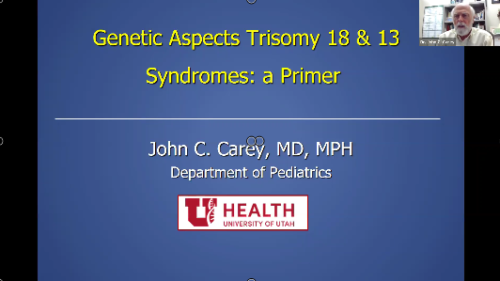

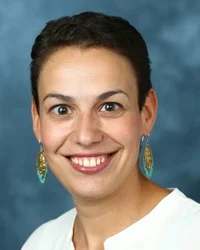
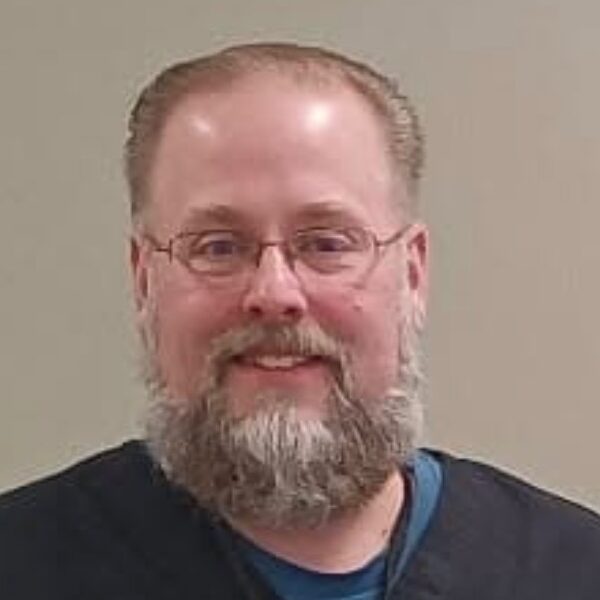
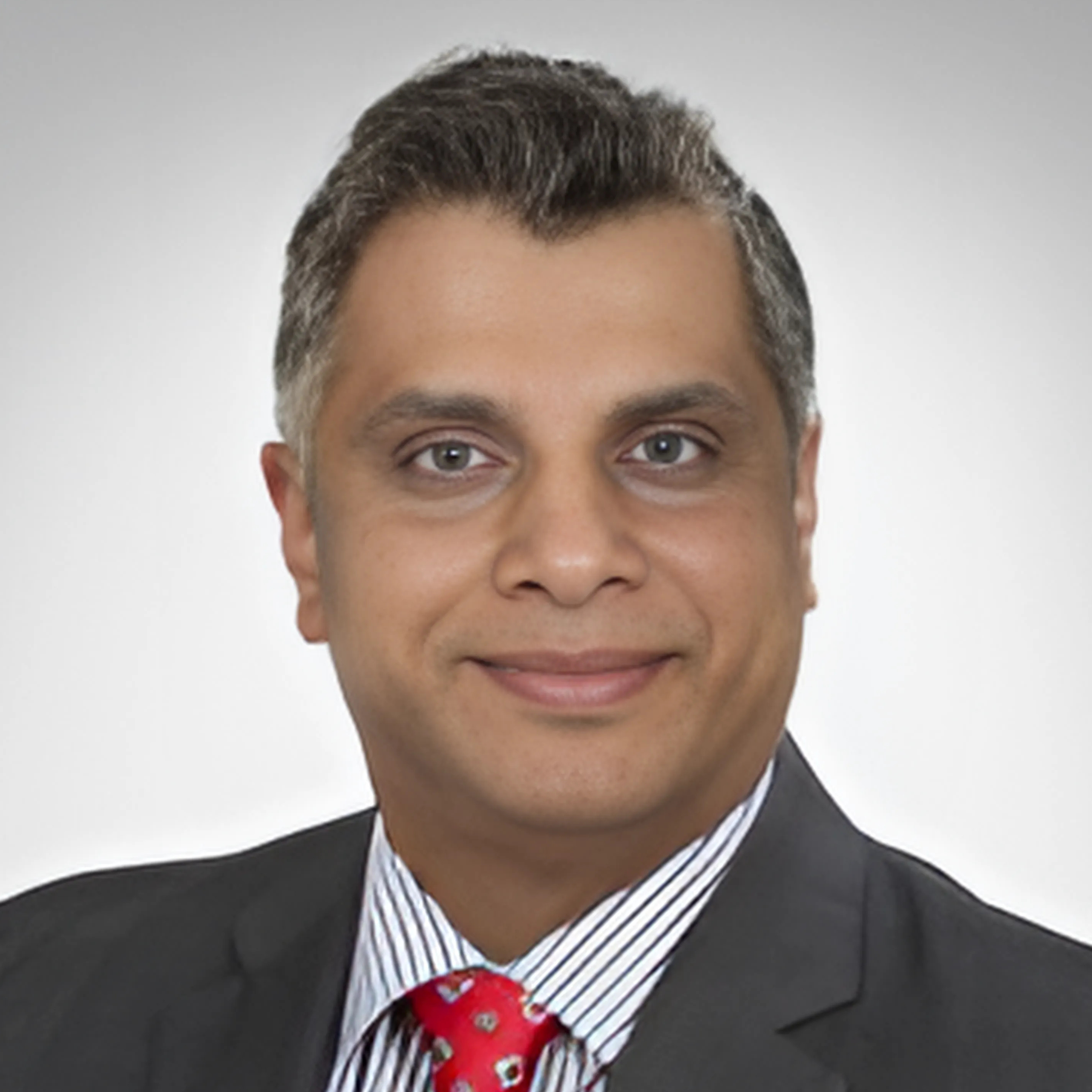
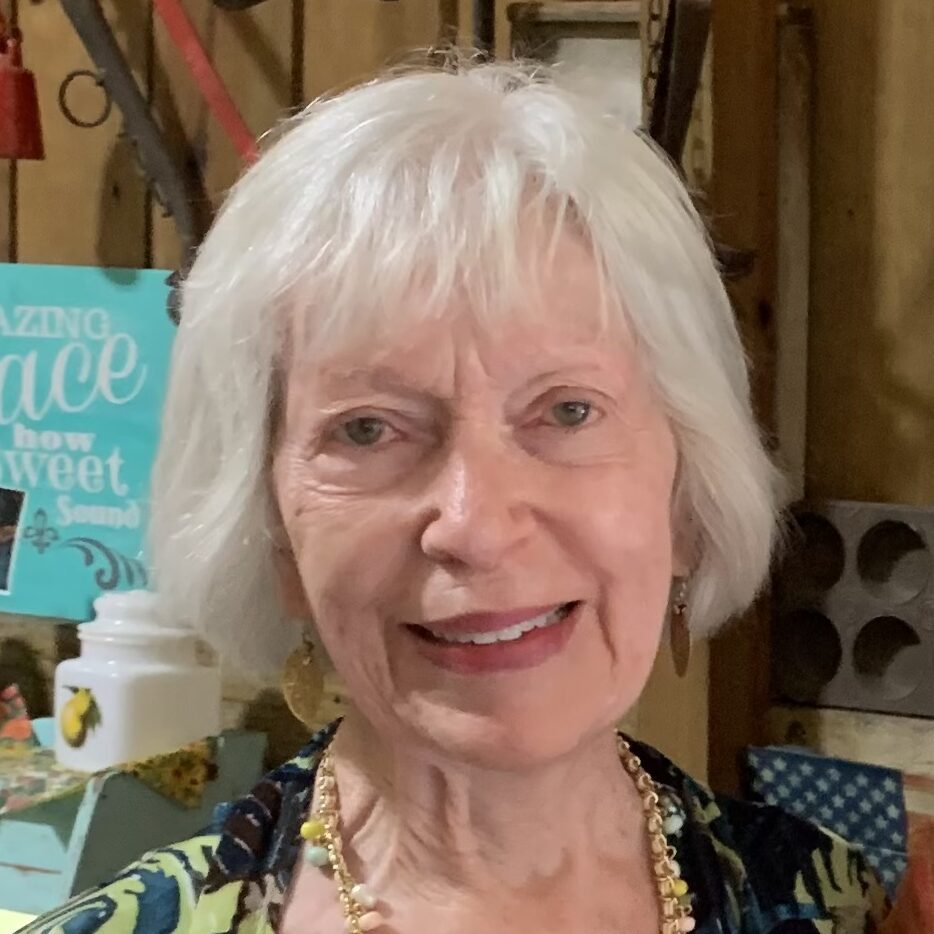

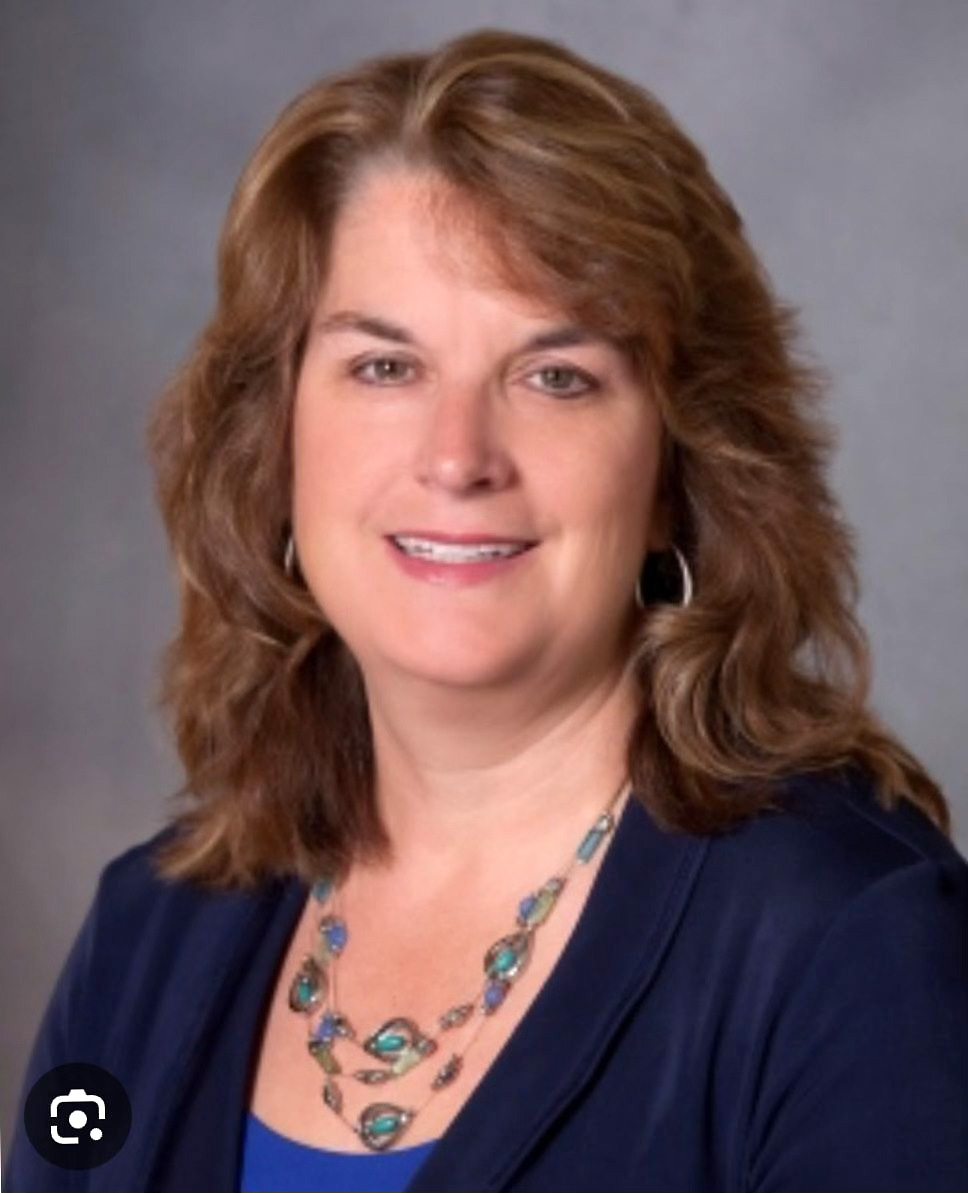
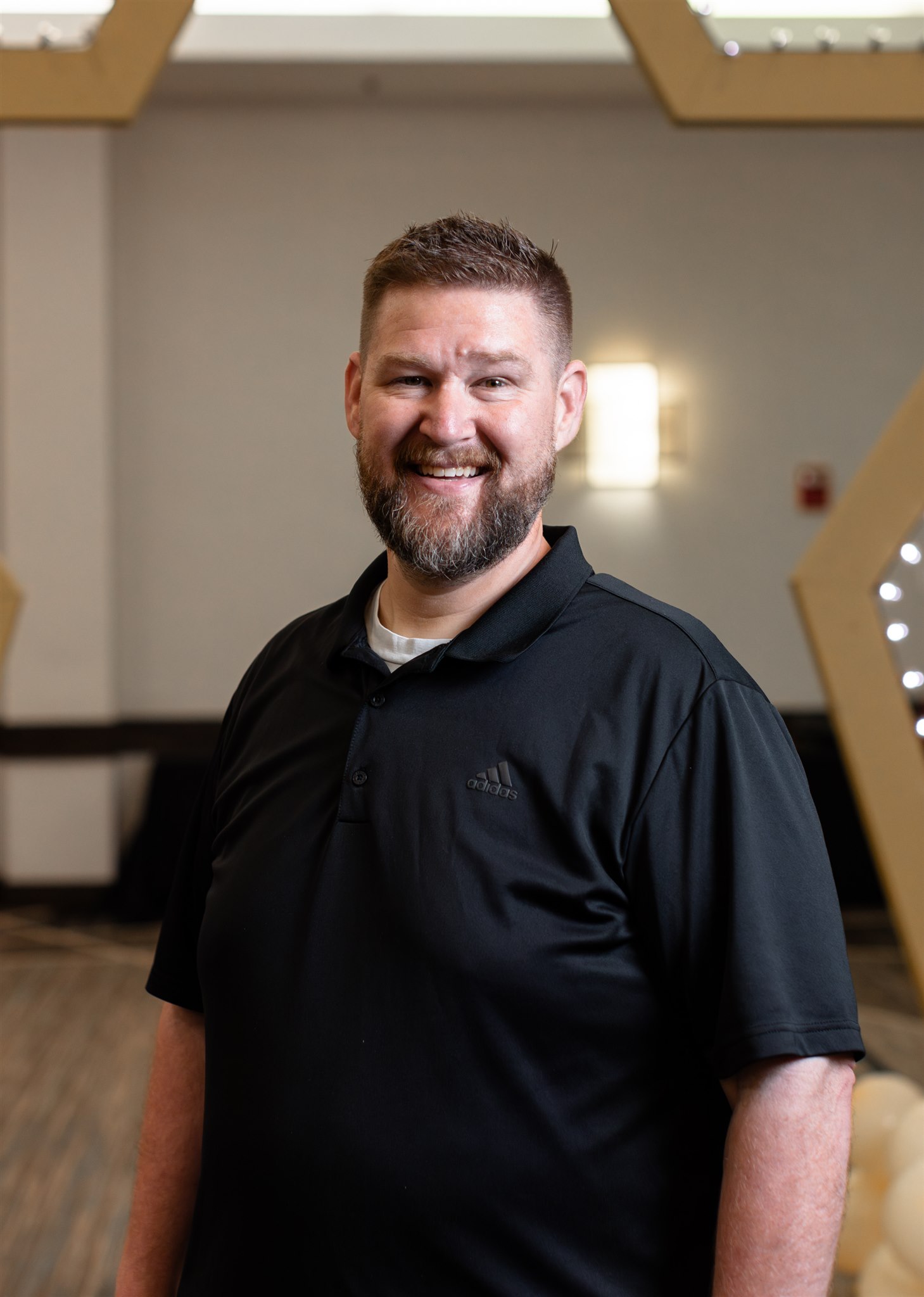
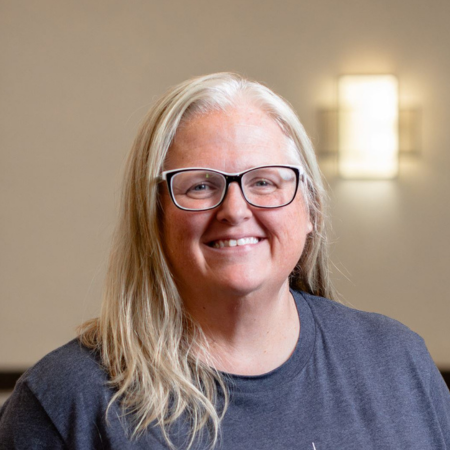

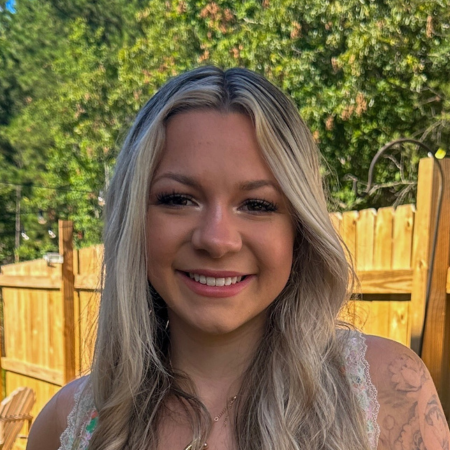
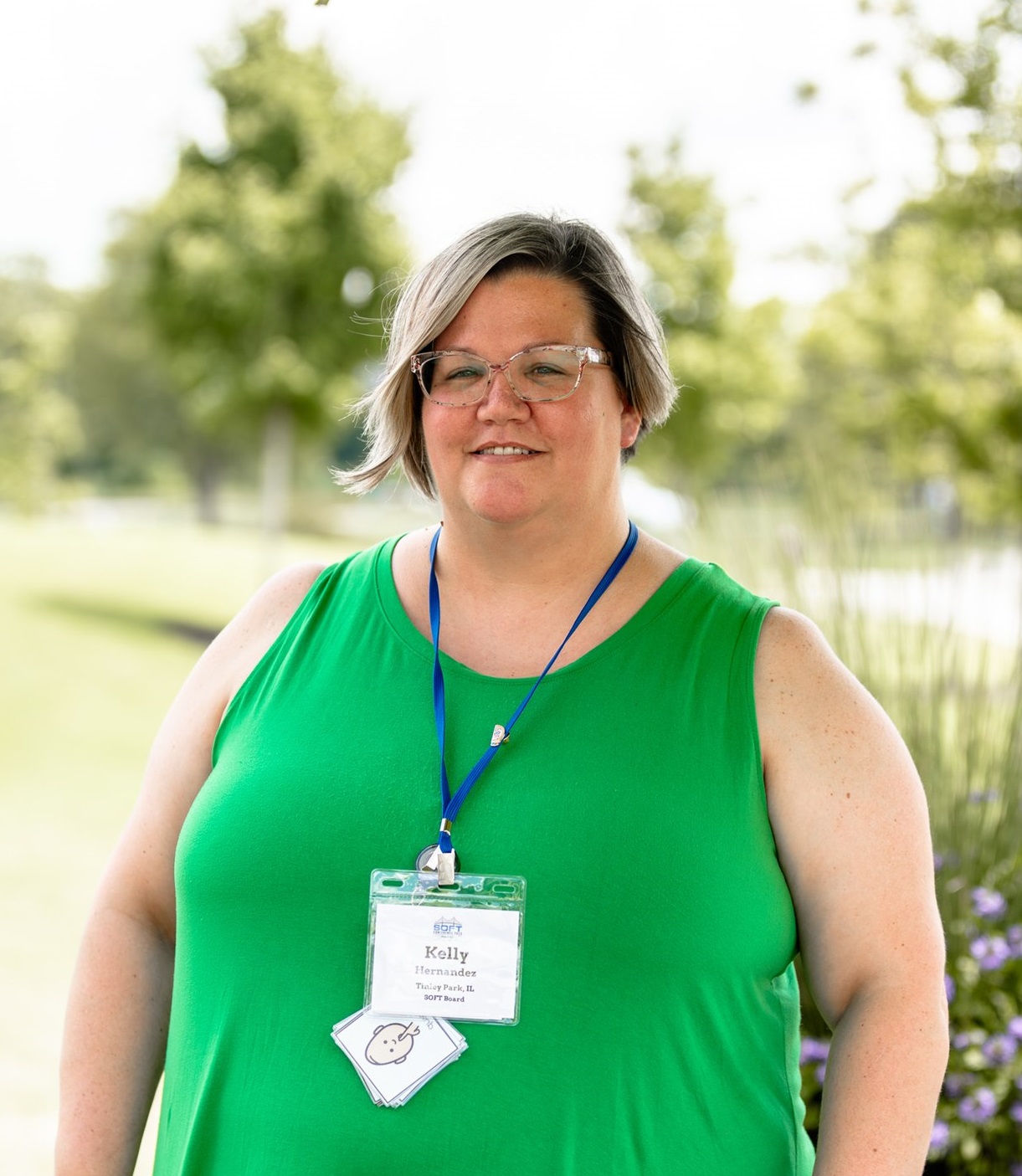
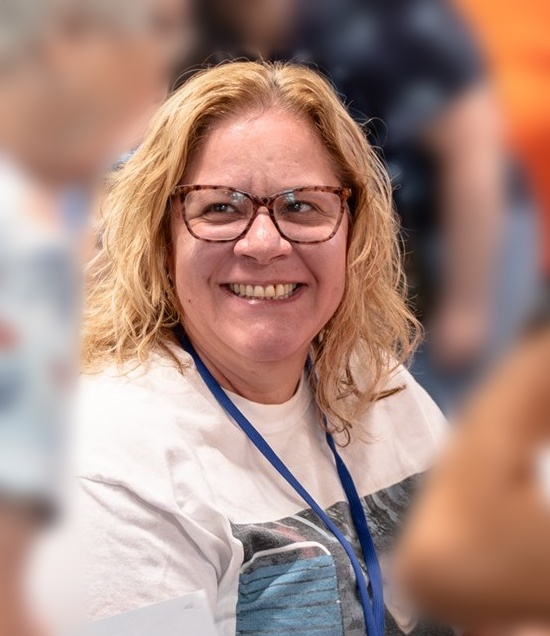
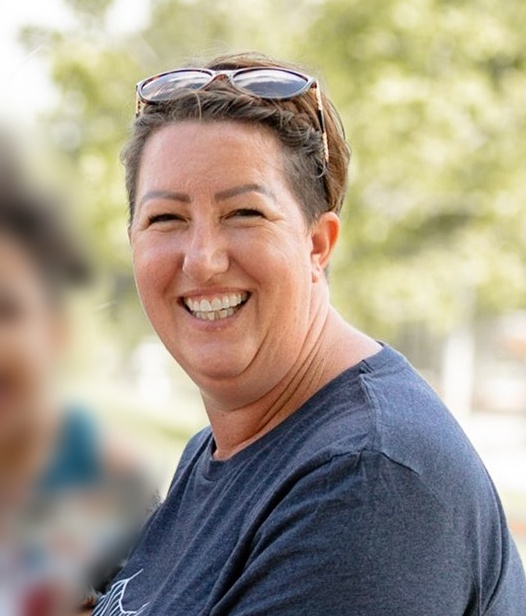
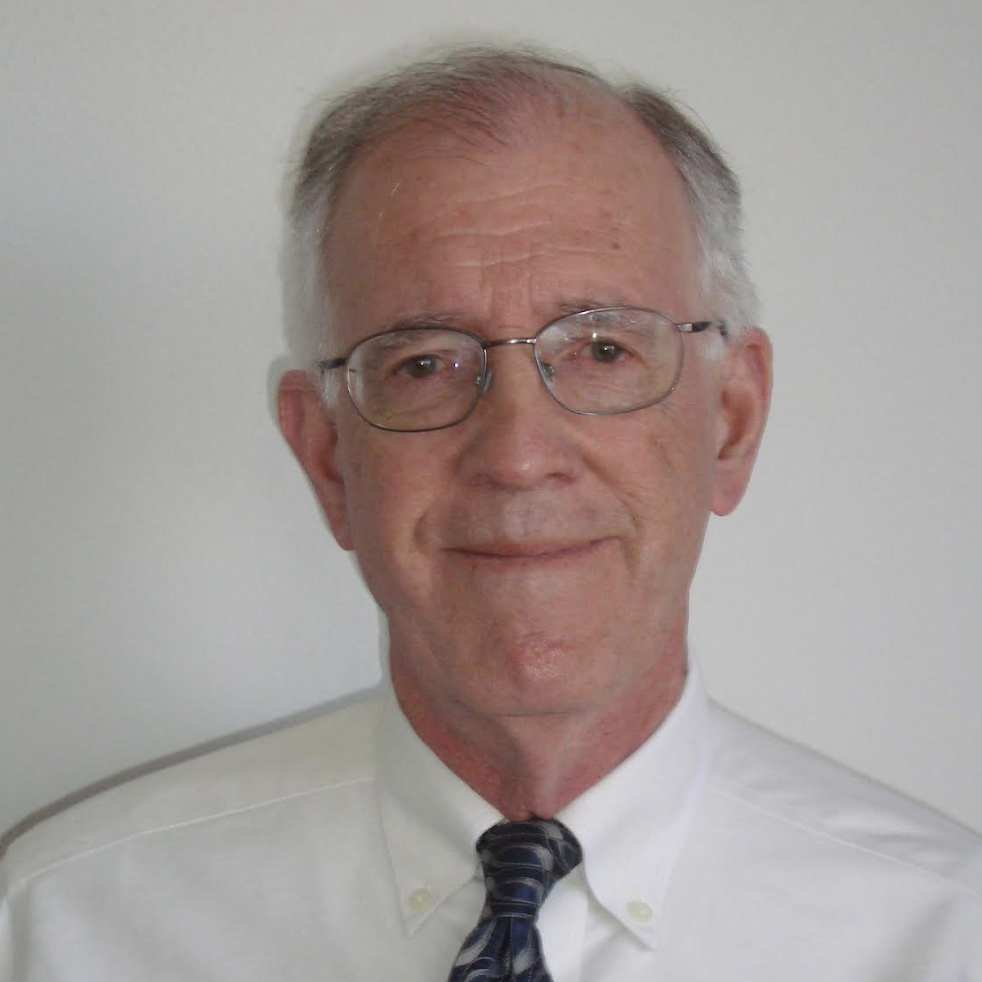
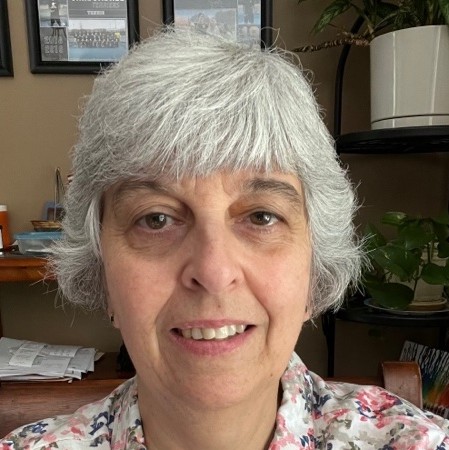
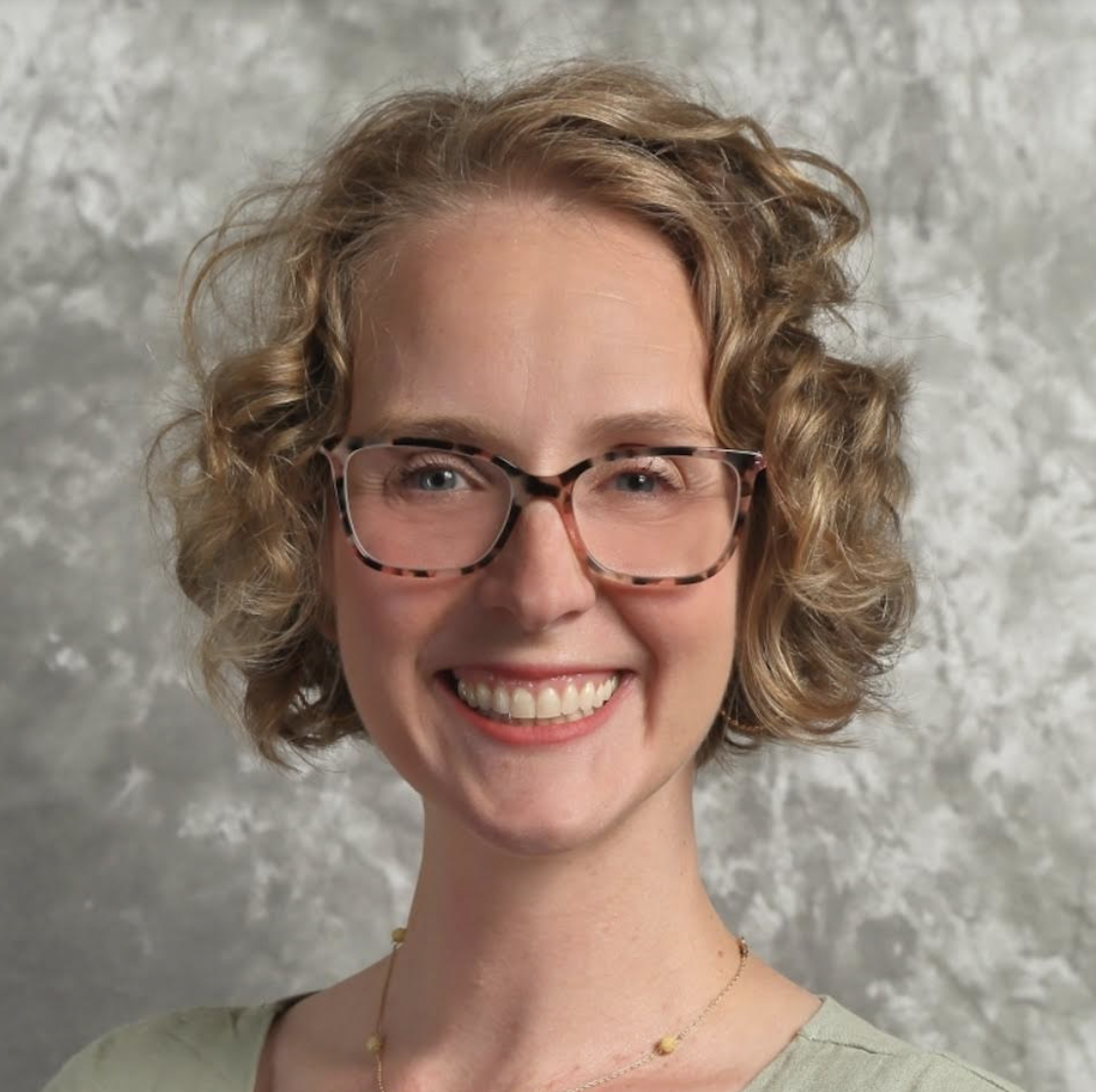
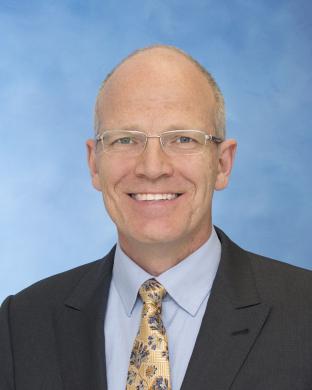
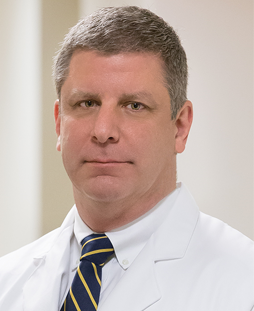

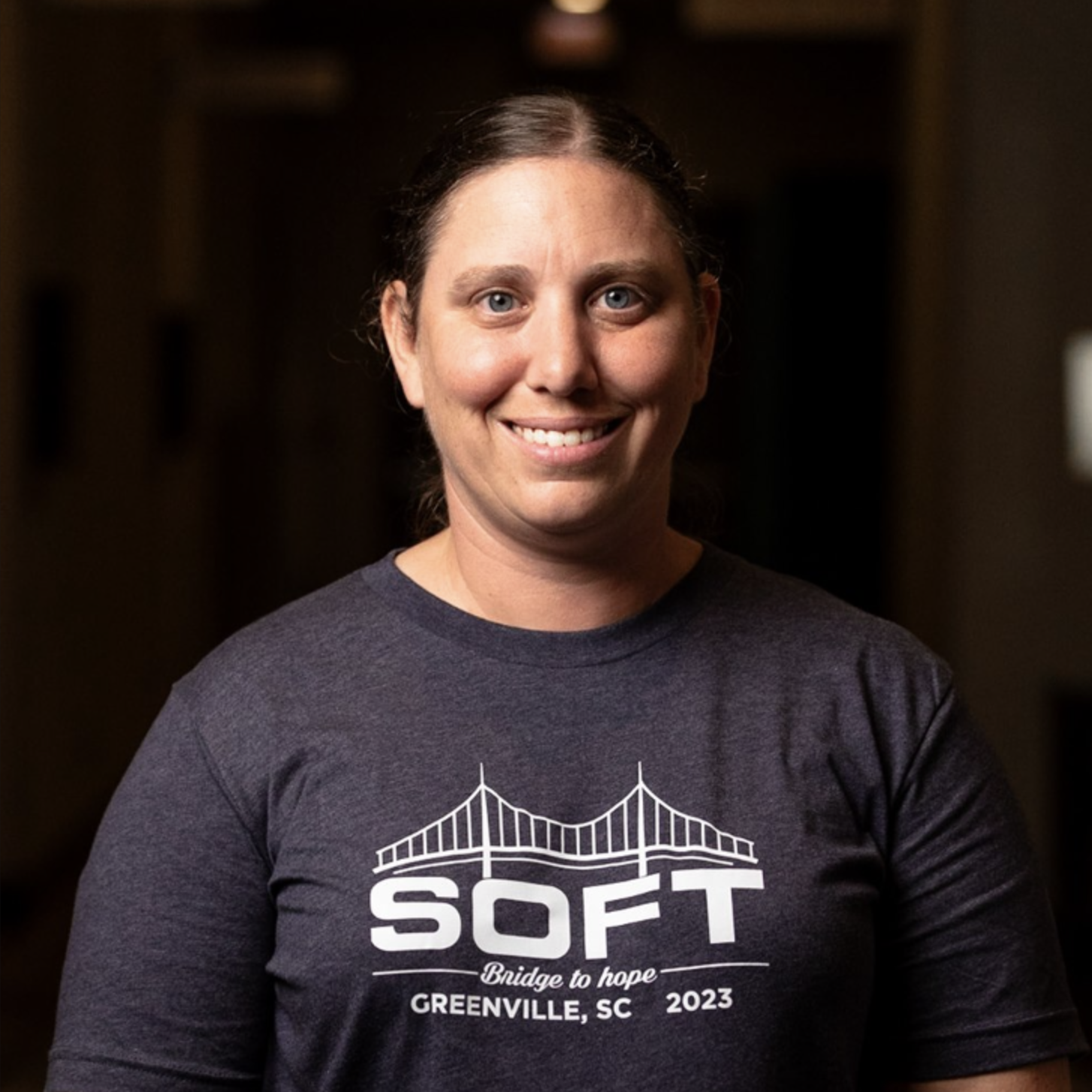

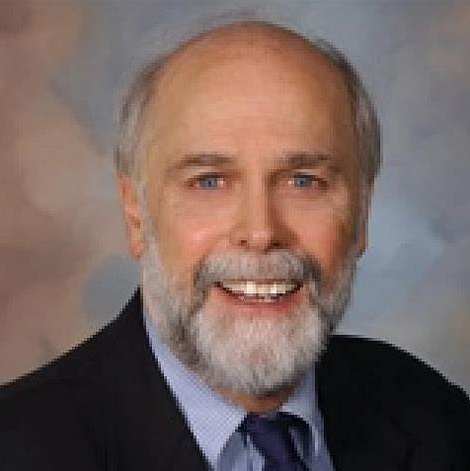

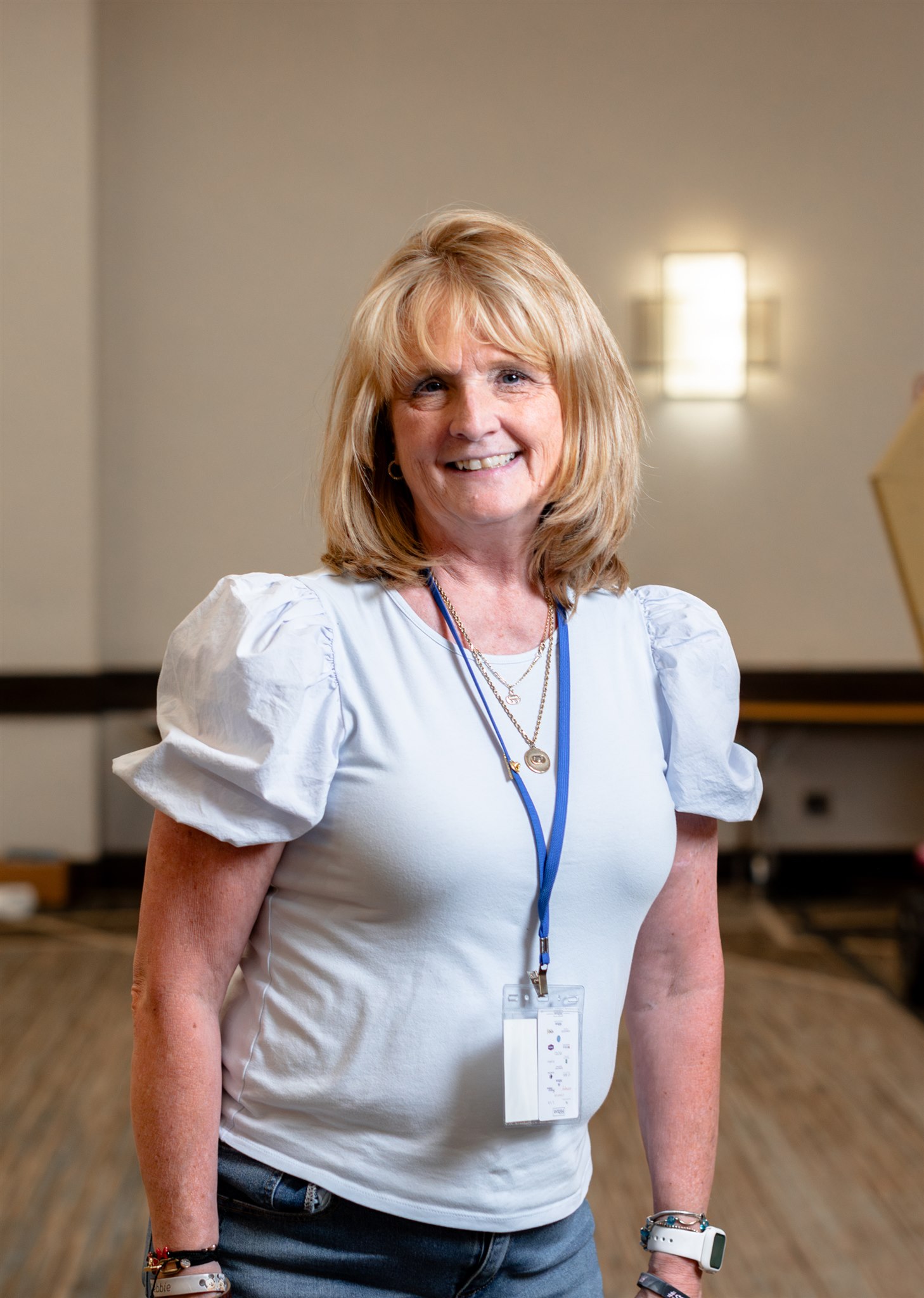
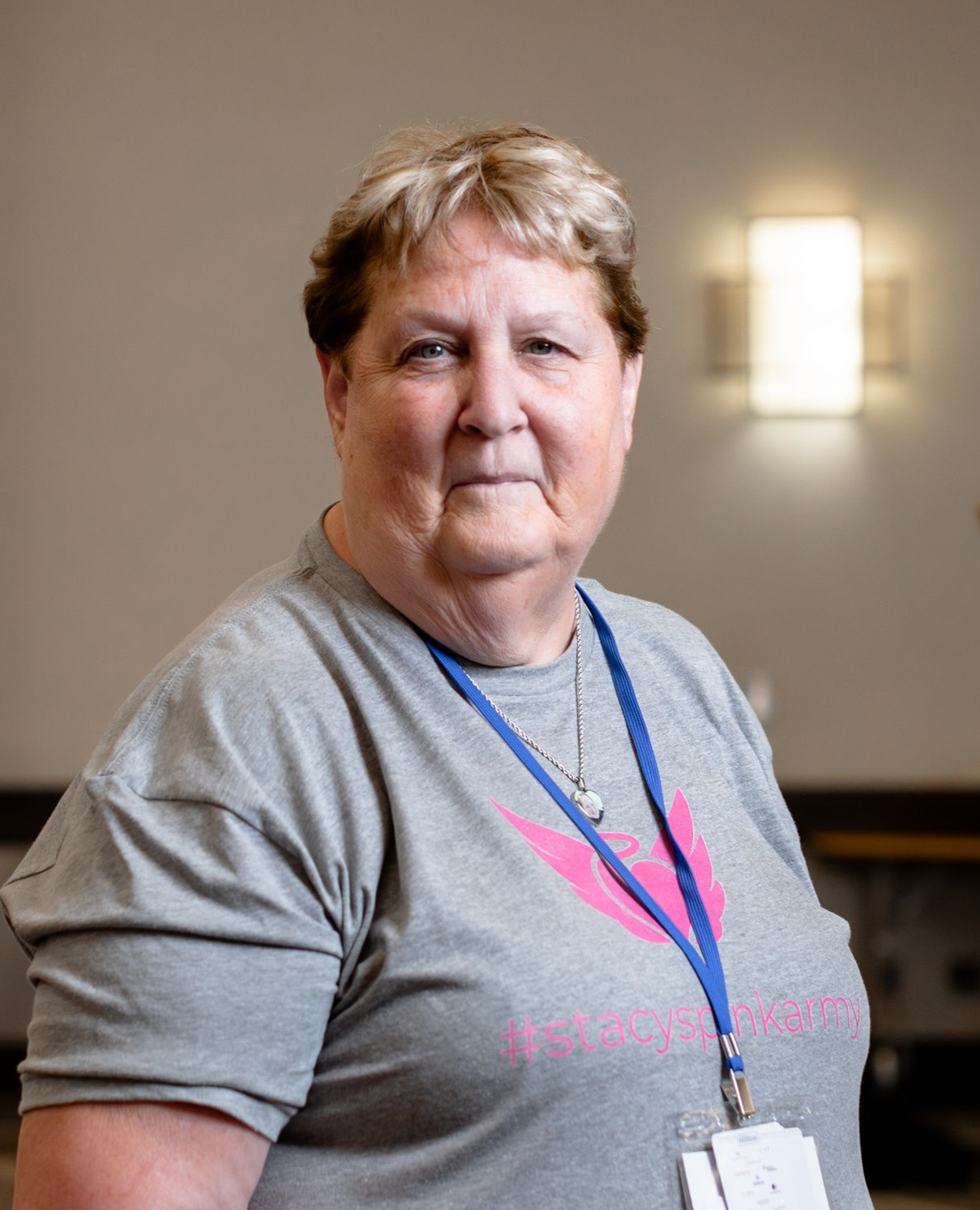
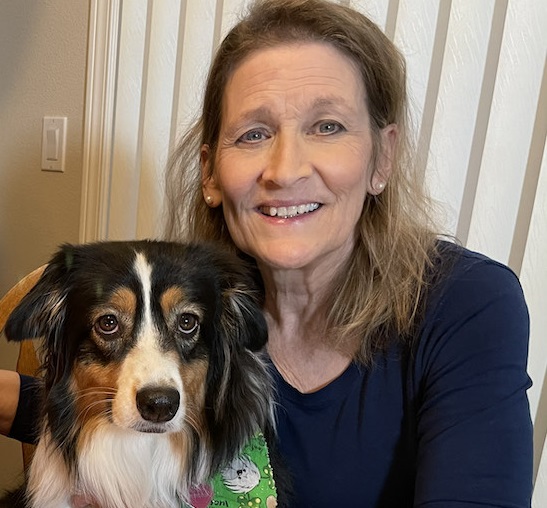
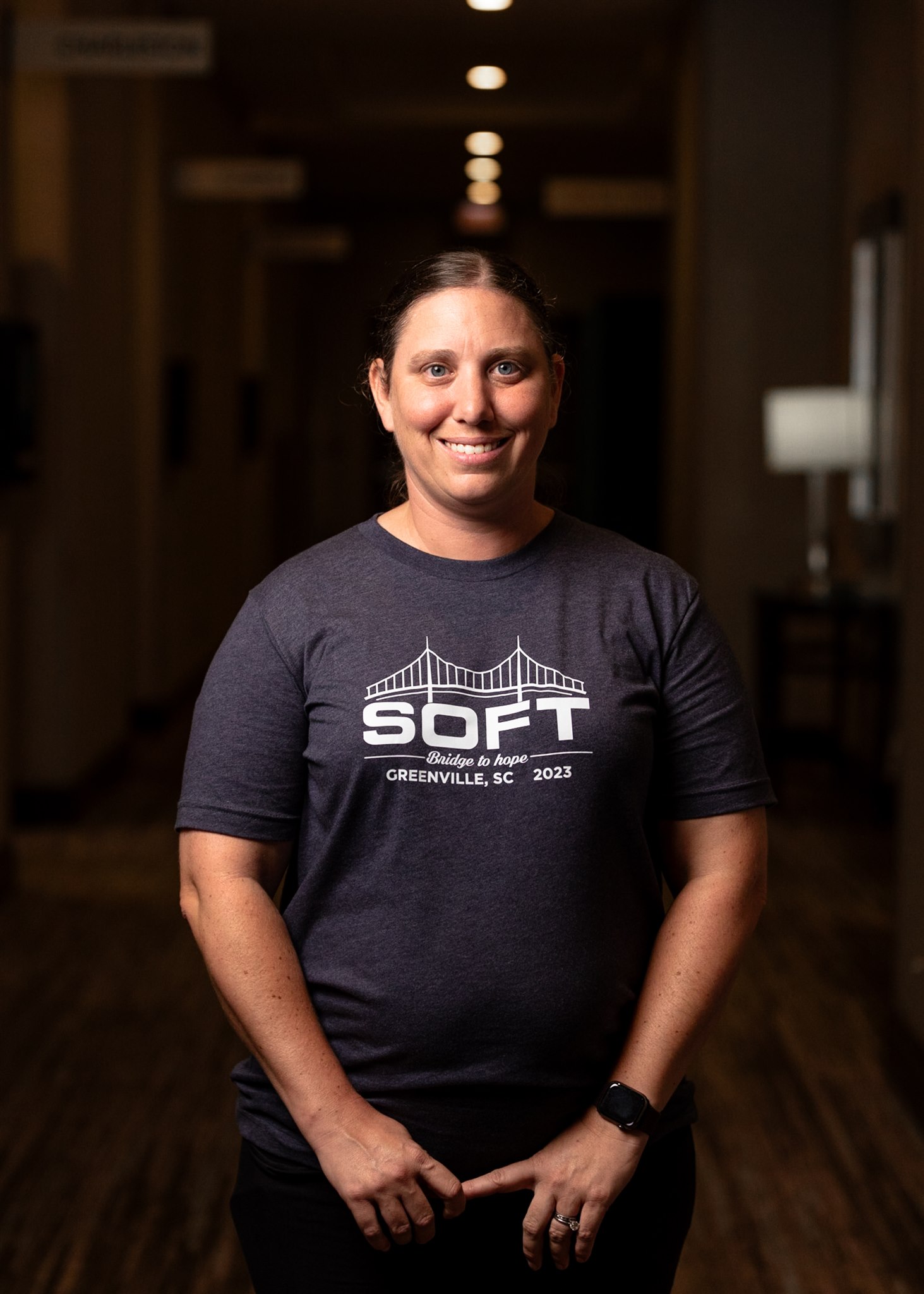

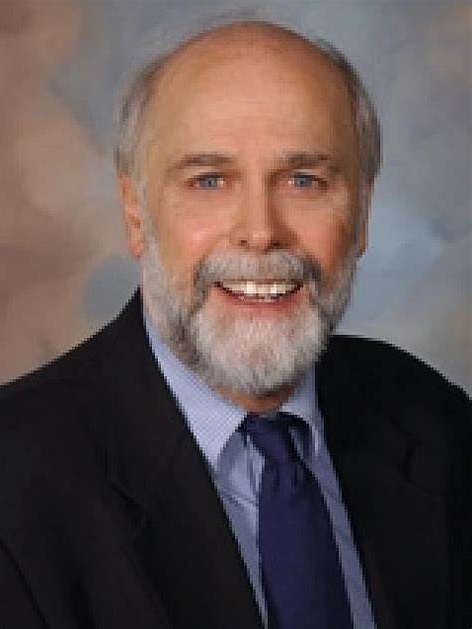
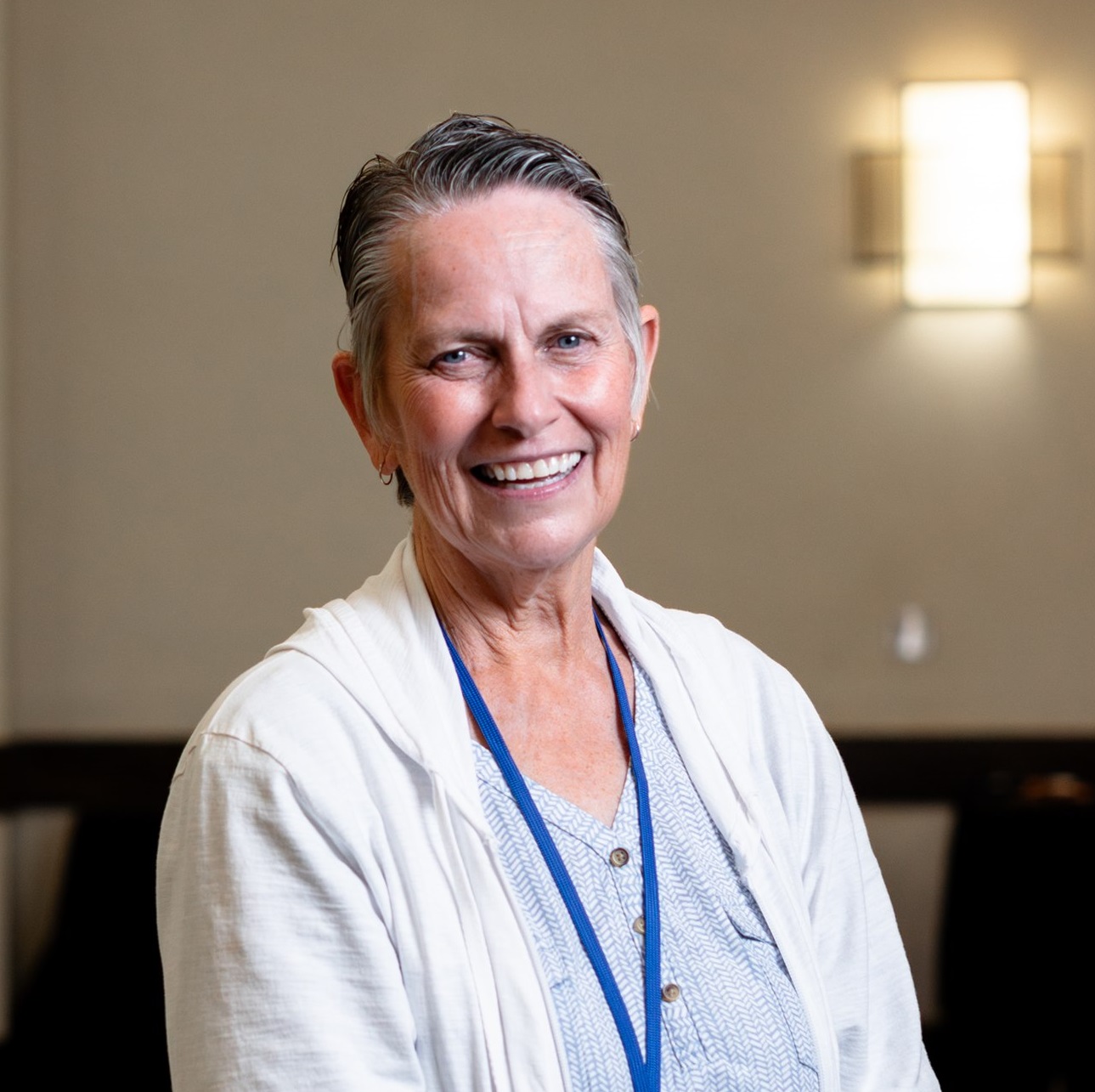

Recent Comments